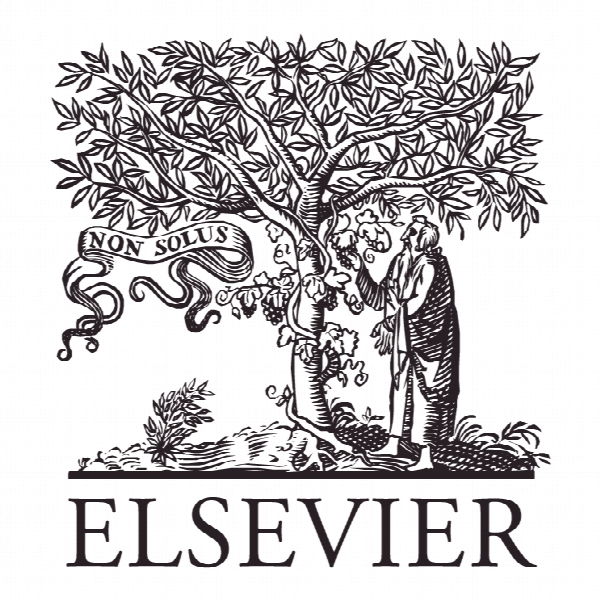اثرات نام تجاری شرکت ها در اتحادیه های برند Corporate brand effects in brand alliances
- نوع فایل : کتاب
- زبان : انگلیسی
- ناشر : Elsevier
- چاپ و سال / کشور: 2017
توضیحات
رشته های مرتبط مدیریت
گرایش های مرتبط بازاریابی، مدیریت کسب و کار MBA
مجله تحقیقات بازاریابی – Journal of Business Research
دانشگاه صنعتی امیرکبیر، ایالتی اوکلاهما، امریکا
نشریه نشریه الزویر
گرایش های مرتبط بازاریابی، مدیریت کسب و کار MBA
مجله تحقیقات بازاریابی – Journal of Business Research
دانشگاه صنعتی امیرکبیر، ایالتی اوکلاهما، امریکا
نشریه نشریه الزویر
Description
1. Introduction During a meeting, a business executive wondered whether adding his corporate brand to a product offering that included one of his product brands and the brand of another firm’s product (i.e., a brand alliance) would make a difference to customers. The executive cited a brand alliance between Sara Lee and Pixar’s Toy Story 3, which included the name of Pixar’s corporate parent Disney (PKG Brand Design, 2015). An academic remarked that since Disney is a strong corporate brand, the addition of the brand could only improve customer evaluations of the product offering. Thinking more deeply about the question, the advice offered is incomplete because the corporation is both a brand and the owner of a portfolio of product brands. As a result, the customer’s perception of a corporation’s brand portfolio (Dacin & Smith, 1994; DelVecchio, 2000) can provide information that may be diagnostic in determining whether a corporate brand ally adds value over and above that of the product brand ally in consumers’ evaluation of a focal brand. Investigating whether or not the corporate brand’s influence on consumer evaluations of a brand alliance depends on brand portfolio dispersion represents a contribution to the brand alliance literature. Brand portfolio dispersion describes the relative homogeneity or heterogeneity of the brands within the corporation’s brand portfolio in terms of attitude toward the brand. Attitude toward the brand is consumers’ overall evaluation of a brand (Mitchell & Olson, 1981). Published research demonstrates that attitude toward the brand captures attribute/benefit information as well as a component that might result from heuristics, inferences, or other processes (Keller, 1993; Yoo & MacInnis, 2005). When the brands within a portfolio are relatively homogeneous in terms of attitude toward the brand, brand portfolio dispersion is low. When the brands within the brand portfolio are relatively heterogeneous in terms of attitude toward the brand then brand portfolio dispersion is high. Based in both signaling theory and diagnosticity theory, it is argued herein that when brand portfolio dispersion is low the corporate brand will be more diagnostic in consumer evaluations of offerings containing its product brand and the brand of another firm. This is because when brand portfolio dispersion is low, the customer knows what type of products to expect from the corporation. Note that this effect is irrespective of the level of attitude toward the brand. Isolating the corporate brand’s effect relative to the product brand’s effect is not straightforward. This hurdle is overcome through a brand alliance study that simultaneously allows controlling the effect of the product brand ally while imposing boundary conditions on the effect of the corporate brand ally. Within a scenario-based stimuli, study participants evaluate the perceived quality of a previously unknown focal brand—used to prevent confounding the effects of study manipulations with preconceived attitudes participants may have for previously known brands. Following previous research (e.g., Voss & Gammoh, 2004; Voss, Gammoh, & Fang, 2012), the product brand ally and the corporate brand ally are well known and reputable brands since the theory suggests only such brands can signal quality on behalf of the unknown focal brand (Rao & Ruekert, 1994). Data from a multilevel experiment demonstrate that the corporate brand ally incrementally improves consumer’s perceived quality of the focal brand if (1) the corporation has an above average attitude toward the corporate brand and (2) the corporation’s brand portfolio dispersion is low. An important conclusion is that there are two ways to structure brand alliances to achieve increases in consumers’ quality perceptions about focal brands.


